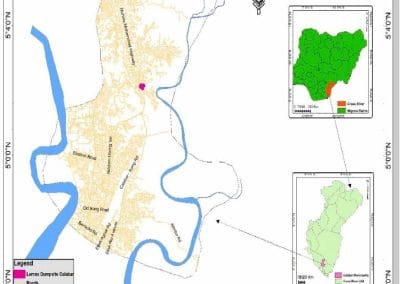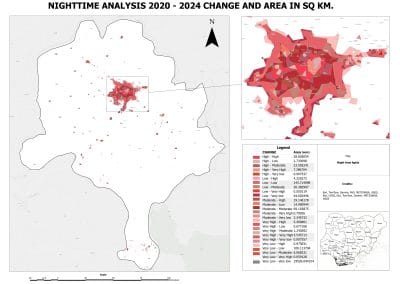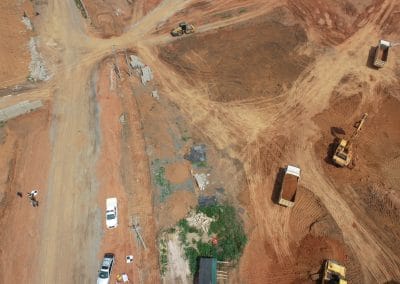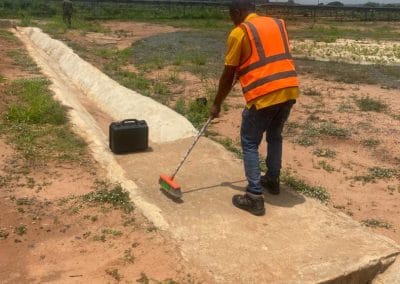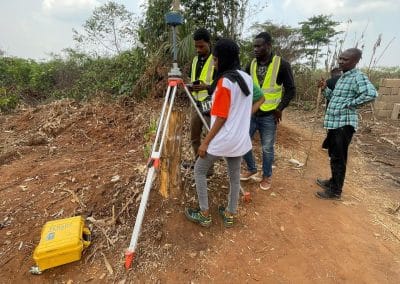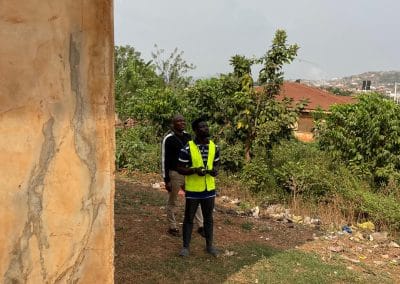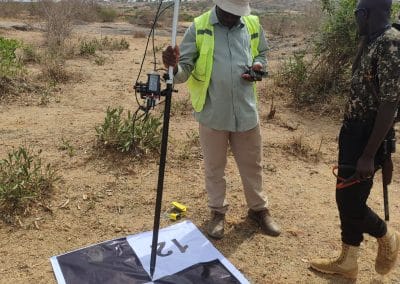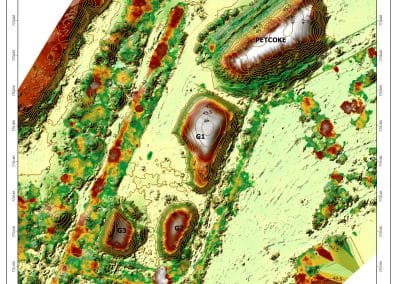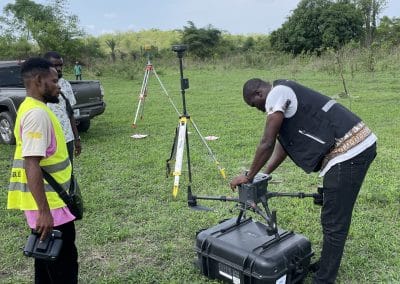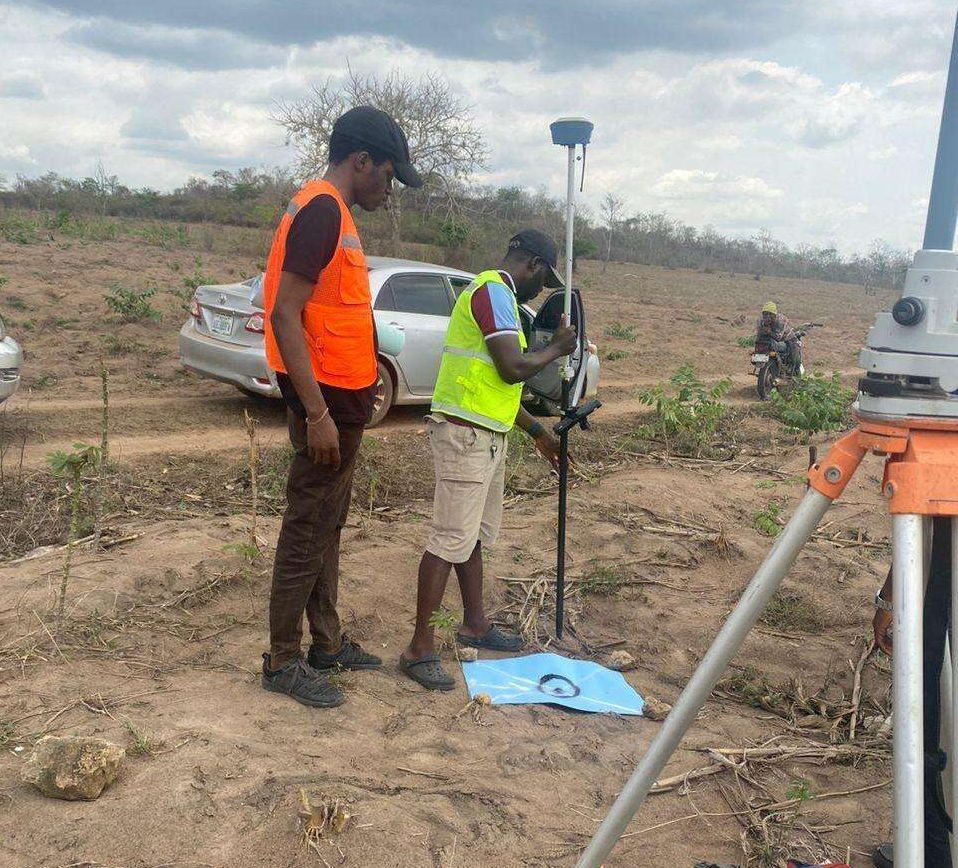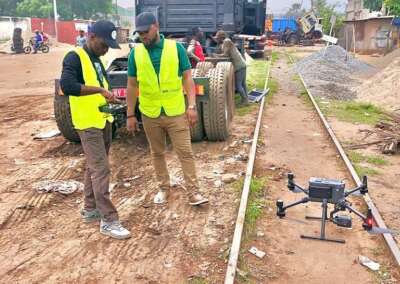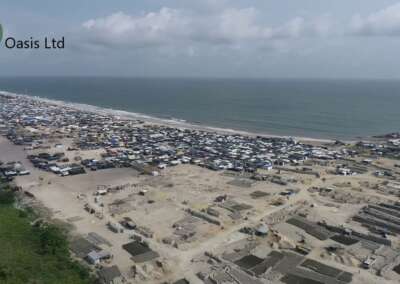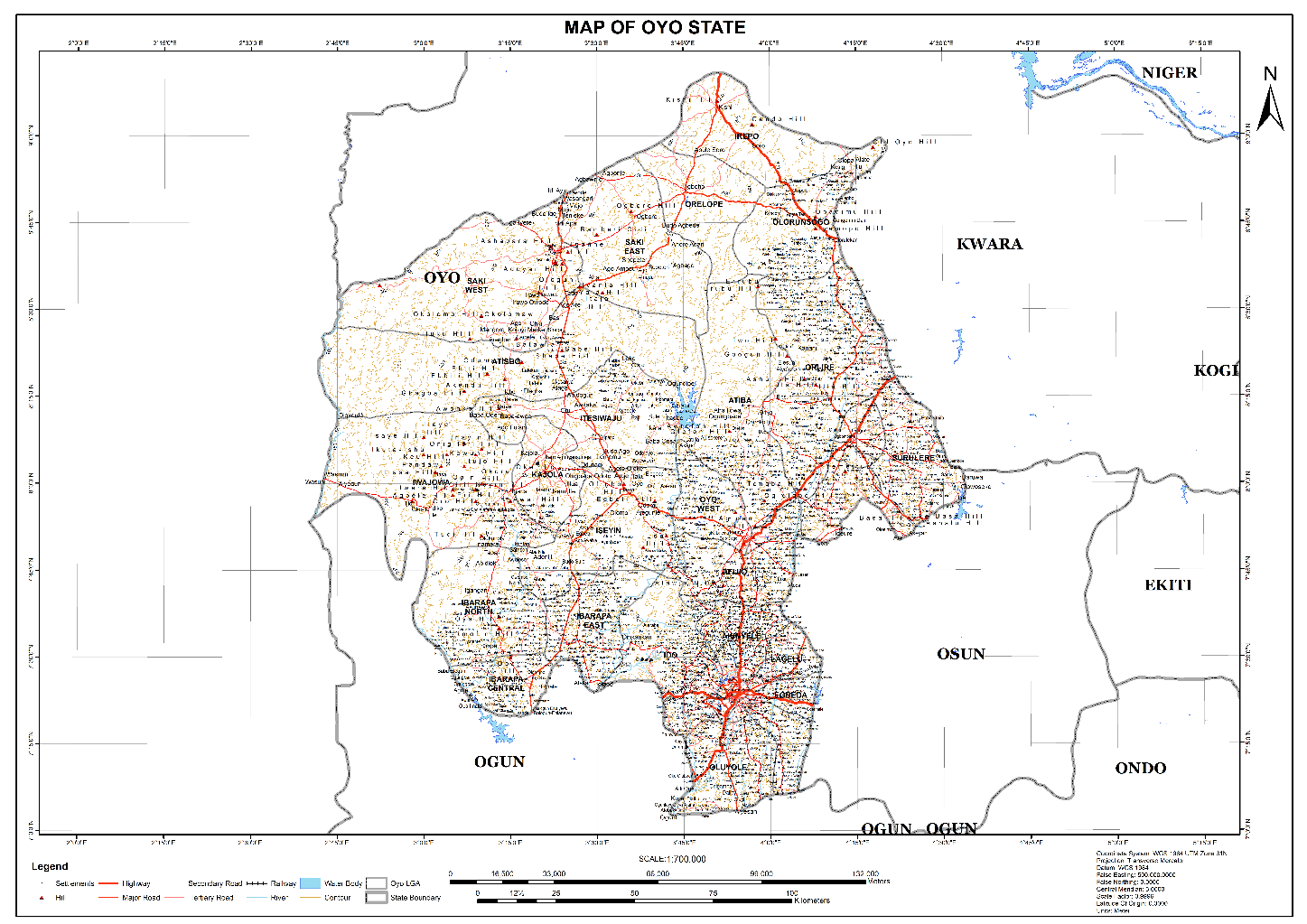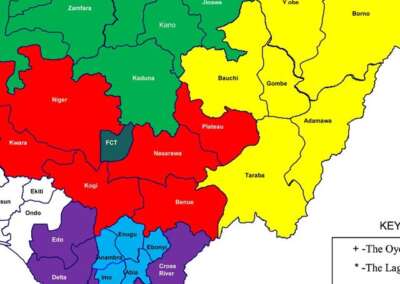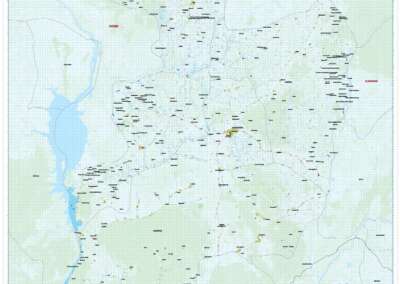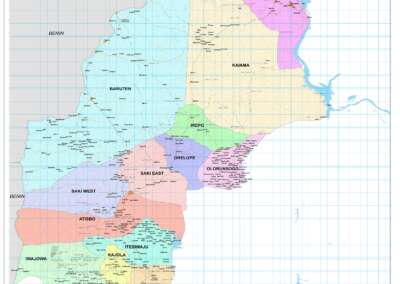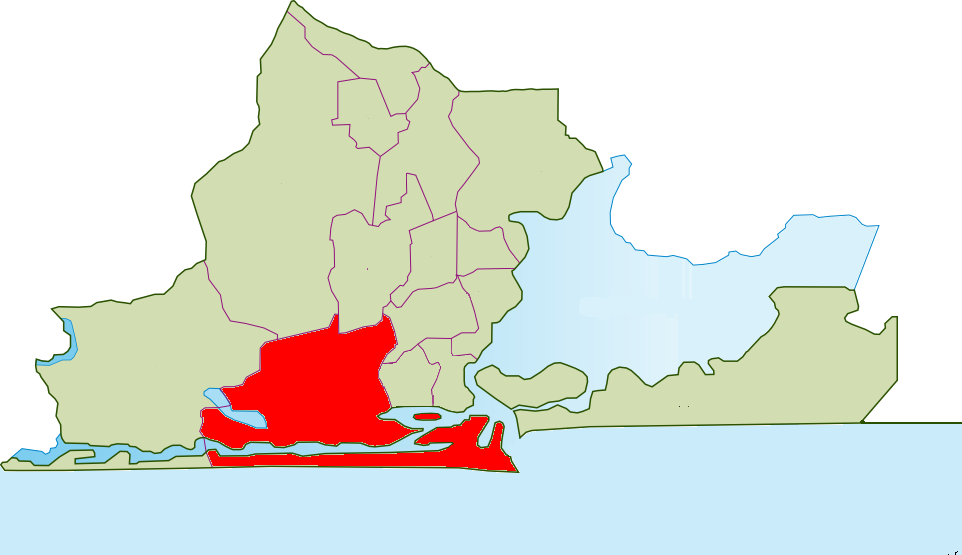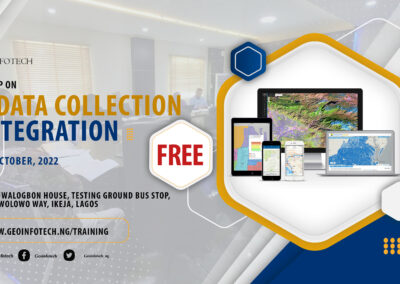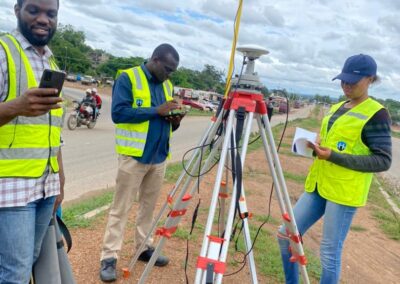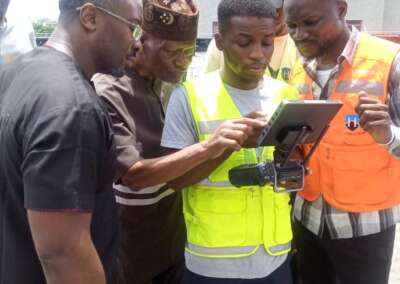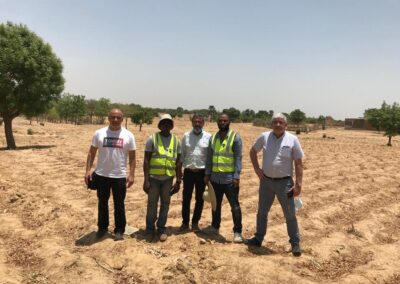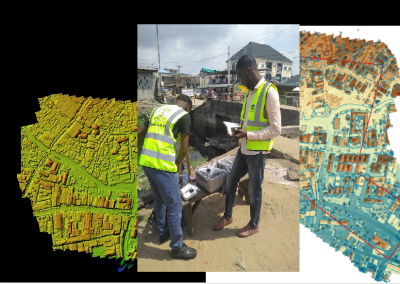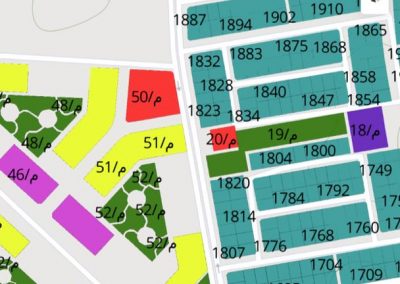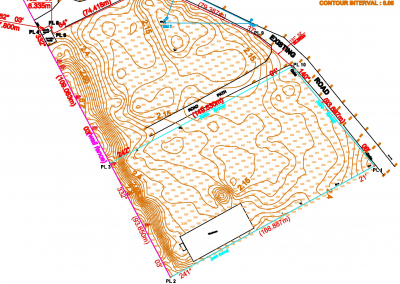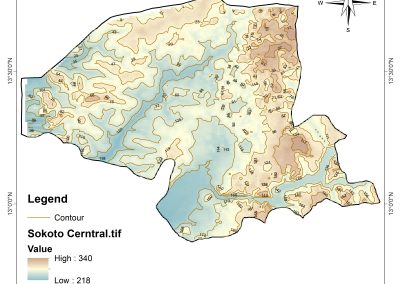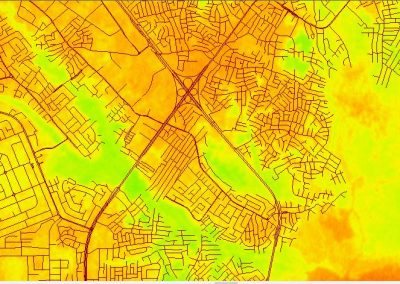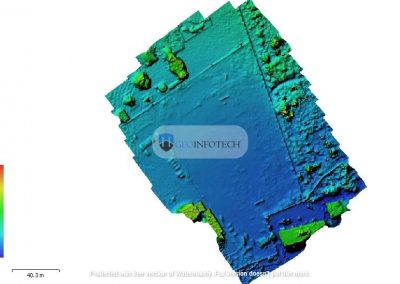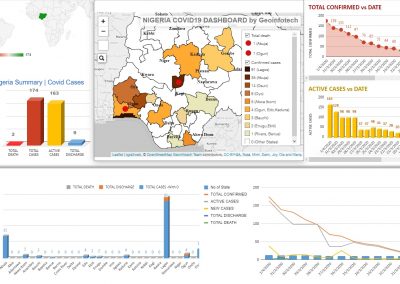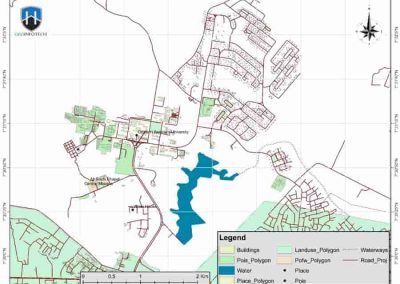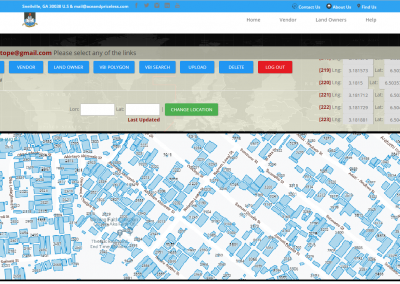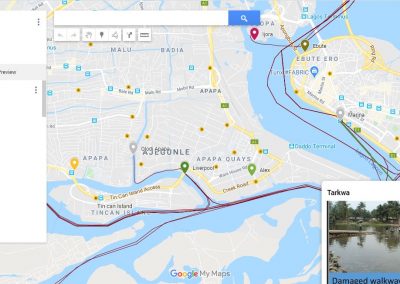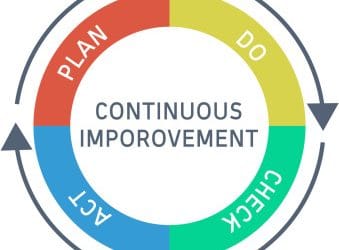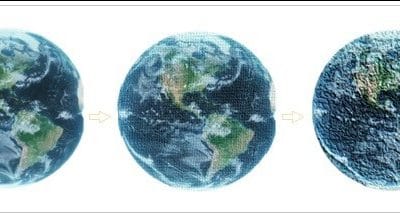ArcGIS Desktop and ArcGIS Pro Manual
INTRODUCTION TO GIS
GIS simply means Geographic Information System, this system consists of a set of tools that are used for collecting, storing, retrieving, transforming, and displaying spatial data from the real world for a particular set of purposes.
This System has been used to solve problems in our environment which is what makes GIS one of the fastest-growing professions in Nigeria. The search for this knowledge has created the need for professionals in the field to educate people on how GIS can be applied in their various fields ( Banking, Town Planning, Environmental Management, security, agriculture e.t.c)
ArcGIS Desktop & ArcGIS Pro Manual is a Manual Created by GIS experts in Geoinfotech Resources Limited. This Manual was created to make the learning of GIS a seamless process for every individual.

Introduction: This section talks about the different definitions of GIS according to Philosophers.
- Components of GIS: This section talks about the various components of GIS, all you need to have for you to carry out a GIS operation from start to finish (Hardware, Software, Data, People, Procedures)
- GIS Functions: To properly execute a GIS project, there’s a need to understand the GIS functions, this section gives a detailed explanation of all the functions necessary to be carried out to execute a GIS project from start to finish. From capturing data, storing data, querying data, analyzing data, storing data, organizing the data, and displaying the data.) This section also talks briefly about the two types of data, vector and raster data.
- Map Scale: Scale is an important but often misunderstood concept in mapping, there’s a need to have an understanding of the types of scale and when to use a small scale and large scale. This section also explains how to interpret maps in different scales.
- Components of Geographic data: Data is a very essential component of a GIS operation, therefore there’s a need to understand the component of the data, all of which is explained in this section.
SOFTWARES INSTALLATION GUIDE ARCGIS 10. x
As explained earlier, GIS is a system for collecting, storing, retrieving, transforming, and displaying spatial data from the real world for a particular set of purposes.
Therefore, to execute any GIS Project there’s a need to have software that can do all that is listed above, ArcGIS is a software that can do all of this and also helps you keep your data secure. This Section of the manual explains in detail:
- How to Install the ArcGIS Software
- Introduction to the Software:
- ArcGIS Layout
- ArcGIS Catalog
- Creating New Geodatabase
- Adding Data & Symbology to ArcMap
- Census Mapping
- Adding On-line Base-maps
- ArcGIS Glossary
- Preparing ArcMap
The Introduction gives a detailed explanation of all that’s needed to be known and set up before work can start on the Arcmap. (file format, activating toolbars, adding data, saving format e.t.c)
To complete and properly execute a project there is some basic procedures to be followed, Introduction to Geographic Information System Manual, explains all in a step-by-step procedure, which can be easily understood.
The procedures Include:
- Adding Imagery
- Adding Coordinate System ( Geographic & Projected)
- Geo-referencing (Geocoding, Geotagging, Georeferencing)
- Creating Shapefile (Geodatabase & Shapefile)
- Digitizing ( Editing (Point, line, Polygon), Saving Edits, Snapping )
- Creation and Editing of the Attribute table for the Shapefile
- Cartographic Mapping And Visualisation
Before going into the operation of this section, there’s a brief explanation of the following:
- Menus, tools, and toolbar of the Arcmap
- Data View & Layout View
- Table of Content
- ArcToolbox
All of which would be used in cartography mapping and visualization.
Cartography Mapping involves the basic procedures in creating the final map, which is depending on the purpose of the map to be produced.
Cartography Mapping and Visualisation explain all the necessary things to be done towards making a quality map ( Inserting the legend, North Arrow e.t.c)
Section C
There are some projects that need the use of some extra tools asides from the ones discussed in the previous to be carried out, these other tools include:
- Data Conversion Tool: This is the process of moving data from one format into another, whether it is from one data model to another or from one data format to another. (KML to layer, GPX to feature e.t.c)
- Spatial Analyst Tool: This provides a rich set of spatial, analysis, and modeling tools for both raster and vector data. A few tool-set are explained under this tool.
- SQL Geodatabase Management
- Database: A database is an organized collection of structured information, or data, typically stored electronically in a computer system.
- Programming in Python: Python helps to reduce redundant behavior during analyses, for example when working on multiple view-shed analyses, python helps reduce the spent on these analyses by integrating simple loops and simple rules which makes the analyses process faster.
- Satellite Image Classification.
INTRODUCTION TO ArcGIS PRO
ArcGIS Pro is the latest professional desktop GIS application from Esri. With ArcGIS Pro, you can explore, visualize, and analyze data; create 2D maps and 3D scenes; and share your work to your ArcGIS Online or ArcGIS Enterprise portal.
ArcGIS Pro is a ribbon-based application. Many commands are available from the ribbon at the top of the ArcGIS Pro window; more advanced or specialized functionality is found on panes (dockable windows) that can be opened as needed.
This helps to properly migrate from the normal ArcGIS version to the PRO version seamlessly without any hassle. This manual shows a detailed step-by-step procedure of what you need to know to basically start proper operations on ArcGIS PRO. The summary below gives an idea of what is very much detailed in the Manual. The following are what you need to know to start your projects on a PRO level:
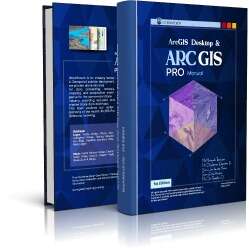
Sign In
To start using ArcGIS Pro, you typically sign in with the credentials of your ArcGIS Online or ArcGIS Enterprise organization. Signing in is required if your software license is managed by your ArcGIS organization, which it is by default. Signing in also enables you to access web content, such as web maps, stored in your organization and other online repositories.ArcGIS Pro user interface
This chapter explains in detail everything you need to know about the ArcGIS PRO interface. This enables you to be able to locate the tools you would be using for your analyses faster. It also explains what you need to know about setting up your page.GEOREFERENCING
Georeferencing is the process of taking a digital image, it could be an air photo, a scanned geologic map, or a picture of a topographic map, and adding geographic information to the image so that GIS or mapping software can ‘place’ the image in its appropriate real-world location. In this chapter of the manual, there are proper practical breakdown samples on how to georeference in different scenarios, without a base map, and with a base map.DIGITIZATION
This chapter teaches you all you need to know about how to digitize, what you need to be able to digitize, and how to make corrections when mistakes are made. This section comes with an exercise which is to help familiarize yourself with the tool.CARTOGRAPHY AND SYMBOLIZATION
Cartography is the art and science of graphically representing a geographical area, usually on a flat surface such as a map or chart. It may involve the superimposition of political, cultural, or other non-geographical divisions onto the representation of a geographical area.
Symbolization is an important skill in cartography, or map making. It is the process of choosing an appropriate representation for specific features on a map. In this chapter breaks down in steps the procedures and all you need to know in designing a map, symbolising and make it a perfect read for your clients or viewers.DATA CONVERSION
GIS is applicable to so many fields therefore, ArcGIS Pro has made it possible to be able to work with almost any field without stress, which is one major problem the conversion tool helps to solve.
This chapter shows the breakdown of how to convert to and from five basic formats which would be very useful during your analysis and project operations.
The formats include:
- GPX to EXCEL(CSV)
- EXCEL to POINT(Shapefile)
- POINT to KML
- KML to Shapefile
- GPX to Feature/Point

This manual is the perfect guide to walk you through till you attain your Pro level, get one now.
Buy Now





